In an industry where creativity flows as freely as the taps, marketing is pivotal in distinguishing your brewery from the competition. It was a consistent topic at conferences in 2023 and doesn’t show signs of disappearing.
As recently as mid-December, Brewers Association Chief Economist Bart Watson called out the need to improve education about craft breweries in his “Ten Points and Predictions for 2024” webinar. Ten years ago, he noticed much more education in the market than he does today. By “education,” he’s referring to marketing.
While a rising tide lifts all boats, the recent state of craft beer shows that when the tide recedes, those who have invested time and effort into building their brand and engaging their consumers fare better.
If only it were as easy as, "If you build it, they will come." The craft beer industry can be a field of dreams if you’ve put in the effort to get your message out and engage with your customers consistently. While larger breweries may have dedicated marketing teams, smaller and independent brewing teams often wear multiple hats.
If you’re a multitasking marketing team member at your brewery, here are five tips to consider when developing your 2024 brewery marketing strategy.
1. Create a Brewery Marketing Plan
A marketing plan is a document that outlines your goals, strategies, tactics and metrics for your brewery’s marketing efforts. It helps you to plan and execute your marketing activities and then measure results. It also helps you to stay focused and consistent with your marketing efforts.
Believe us! Sometimes, someone has a “great idea,” and it might be, but this document will help you determine if it’s suitable for what you’re trying to achieve. After all, you’re working with a limited budget, people and time, so you want to put your resources into what will impact your goals.
Here are some steps to take when creating a marketing plan for your brewery:
- Set your goals: Define what you want to achieve with your brewery marketing or social media efforts. Your goals should be SMART: Specific, Measurable, Achievable, Relevant and Time-bound. For example, you might want to increase your sales, followers, engagement or awareness by a certain percentage or number within a certain period.
- Identify your audience: You likely have an idea of this already from your business model, but it’s good to reiterate in terms of marketing. Know who your target customers are, what they want, need and expect from you – and their lifestyles. If you’re a little more sophisticated in this area, you can use tools such as surveys, interviews, analytics or personas to gather and analyze data about your audience. You can also segment your audience into different groups based on their demographics, behaviors, preferences or needs.
- Choose your channels: Decide which platforms, channels or mediums you’ll use to reach and communicate with your audience. It’s good to know where they “hang out” online and offline. You can also prioritize your channels based on their suitability and your goals, budget and resources.
- Create your content: Develop a comprehensive marketing calendar encompassing seasonal promotions, new beer releases and special events. Plan for major holidays, beer festivals and local community celebrations to align your brewery with the pulse of your target audience. This will guide the topics and timeline for content creation.
- Track your progress:
Track and measure your brewery marketing efforts and results. You can use analytics, reports or dashboards to collect and visualize your data. You can also use surveys, reviews or testimonials to gather and analyze your feedback.

2. Tap into the Power of Brewery Social Media & Visual Storytelling
Showcase your products, personality and brand values to your potential and existing customers to build loyalty and trust. It’s also an excellent way to educate your audience about seasonal promotions, new beer releases and special events.
But to succeed on social media, you must create quality content that both educates and entertains your followers. Posting consistently and strategically keeps your audience engaged and strengthens their connection with your brewery.
There are several important aspects to consider with social media, including:
- Planning tips: A social media calendar saves time by organizing all ideas and posts, allowing you to plan content in advance. You’ll also want to reference the marketing plan you’ve already created to help set your brewery marketing goals and tactics. The social media calendar formalizes content creation, improves consistency and boosts quality. You can also see how seasonal and trending topics or holidays and “national day of” holidays fit into your social plan to increase your reach.
- Video and photo tips: These days, it’s so easy to create visual content using your smartphone or camera to capture high-quality videos and photos of your brewery. Think behind-the-scenes shots of your staff, product and event promos. You could even consider featuring your customers. Each social media platform has its unique audience and preferences. Tailoring your visuals to fit these guidelines helps your brewery's content stand out and resonate with your target audience across diverse platforms. Remember, quality is better than quantity. (See size charts at bottom of post.)
- User-generated content: Engage and encourage your fans and team members to share their experiences with your brewery on social media. Ask them to tag you, use your branded hashtag or leave a review. Repost, reshare or feature their content on your channels to show your appreciation and increase your social credibility.
- Giveaways: Run contests and giveaways on your social media to attract new followers, increase engagement and reward loyal fans. You can offer prizes such as free samples, merchandise, vouchers or event tickets. Make sure to follow the rules and guidelines of each platform and clearly state the terms and conditions of your contests and giveaways.
- Stories and reels: Use stories and reels to create short, fun and interactive content for your social channels. Add stickers, polls, quizzes, questions and other features to engage your audience. You can also create stories and reels to showcase your products, promotions, events and behind-the-scenes action more casually and authentically.
Not sure how to get started with planning your 2024 social media strategy? Download our free planning template that features a month-by-month schedule and includes popular “national days” and holidays.
Download 2024 Social Media Planner

3. Host Memorable Events to Draw People In
Elevate your brewery's presence and draw in a dynamic community with noteworthy and exciting events. These brewery marketing ideas spotlight your beers, sparking enthusiasm and word-of-mouth, and cultivate a vibrant atmosphere for forging connections. Events open the door to collaborations with diverse businesses and organizations, transforming your brewery into a lively hub that goes beyond the ordinary. Nurture a culture where your brewery becomes the heartbeat for unforgettable experiences, where every gathering is an opportunity to amplify your brand and create lasting connections with new and loyal customers.
Here are some basic event ideas to customize for your brewery:
- Tastings and tours: Offer tastings and tours of your brewery to introduce your products and story to your customers. You can also partner with local restaurants, food trucks or caterers to provide food pairings for your beers.
- Launch parties and anniversaries: Celebrate new product launches and commemorate special anniversaries for your brewery. Invite your customers, partners, suppliers, media and influencers to join the celebration.
- Festivals and fairs: Participate in local or regional festivals relevant to your brewery and niche. Do something memorable at your booth. Everyone hands out information and samples. What can you do differently while complementing your beer and the event?
- Themed events: It doesn’t have to be a spectacular event. People love their dogs, so consider something simple like dog-friendly beer garden days. Other creative ideas might be a scavenger hunt in the area around your brewery or a sip and chill with picnics and an outdoor movie.
- Classes and workshops: Classes and workshops about your brewery and how to pair tastings are an excellent place to start but get creative. What can your brewery offer that is difficult to find or create anywhere else?
4. Collaborate with Other Businesses or Organizations
This dynamic approach isn't just about amplifying your reputation and revenue – it's a strategic fusion of resources, expertise and audiences. By joining forces with businesses that align with your brewery's essence, you're not just tapping into new possibilities; you're creating a synergy that resonates powerfully with your target audience. The sum is truly greater than its parts when you work together.
Try these collaboration ideas for your brewery:
- Co-branding and co-marketing: Work with another local organization to create and promote a product, service or campaign that benefits both parties. For example, you can co-brand and co-market a beer with a local coffee shop, cheesemaker or chocolate factory. You can also co-brand and co-market an event, a contest or a giveaway with a magazine or charity.
- Guest posting and guest speaking: Build your thought leadership by working with another business to create and share content for their platforms. For example, you can guest post on their blog, podcast or newsletter.
- Influencer marketing and advocacy:
Work with an influencer or an advocate with a large, loyal, engaged following that matches your target audience. You can offer them free samples, merchandise, vouchers or commissions to promote and endorse your brewery. You can also offer them exclusive access or opportunities to collaborate.
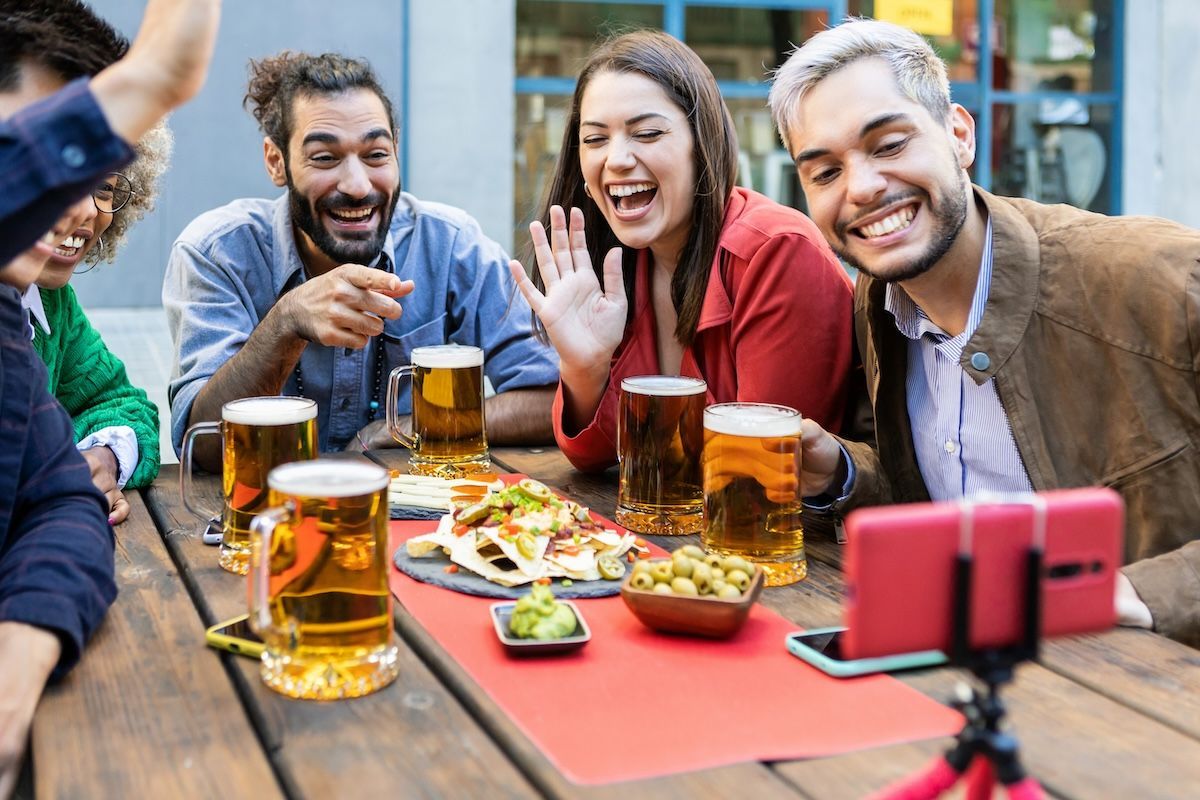
5. Collect and Use Customer Data
Customer data is arguably the most valuable asset for marketing your brewery. It helps you understand your customers' behaviors, preferences and needs. It also enables you to personalize your marketing messages, and helps improve your products, services and processes based on customer feedback.
Consider these ways to collect and use customer data for your brewery:
- Email marketing: Send the right message at the right time. Segment your customer data and automate and personalize your messages so they are relevant, timely and tailored to your customers. Review the performance of your emails using analytics to see who opened what and whether they clicked through to where you wanted them to go. Test and optimize copy and layout to improve metrics.
- Loyalty programs: Use loyalty programs and rewards to collect customer data. Incentivize and reward your customers for their loyalty and engagement. Incorporate this data into your email marketing to send personalized emails, keeping up communication and engagement with your most interested customers.
- Surveys and reviews: Asking customers for honest feedback is a great way to get valuable information about whether your brews and experiences resonate. You also get valuable customer data! Analyze this information to understand and improve your customer satisfaction and loyalty.
Brewery ERP-CRM Synergy Enhances Customer Marketing
In the brewing world, where every flavor note and customer connection matters, utilizing a brewery ERP with built-in CRM helps track customer touch-points, analyze data and gain insights into your marketing efforts. By seamlessly integrating business processes and customer data, this powerful tool streamlines operations and transforms customer marketing for small breweries.
With a comprehensive understanding of consumer preferences and behaviors, breweries can craft targeted and personalized campaigns, strengthening relationships and fostering brand loyalty. Intertwining marketing efforts with the nuanced insights derived from a robust ERP-CRM synergy can result in a thriving community of enthusiasts who keep returning for more.
Let Crafted ERP help. Contact us and speak to our team of brewery experts to help you get the most out of your brewery software.
Tips for Social Media Videography & Photography
Want to make a visual impact on your social media channels? Be sure to shoot or design at the right proportions for the platform(s) you choose.
Video Dimensions*
| YouTube | TikTok | ||||
|---|---|---|---|---|---|
| Recommended Dimensions | 1920 x 1080 (1080p) | 1080 x 1350 | 1080 x 1920 | 640 x 360 (Landscape) to 1920 x 1080 | 1280 x 720 |
| Aspect Ratio | - | 1:1 (square) or 4:5 (portrait) | 9:16 | 16:9 (Landscape) 9:16 (Portrait) | 16:9 (Landscape) 9:16 (Portrait) |
| Other | Other supported resolutions 426 x 240 (240p) to 3840 x 2160 (4K) | Use filters, effects, captions, hashtags and tags | Use filters, effects, captions, hashtags and tags | - | Max file size: Up to 10 GB |
Image Dimensions*
| X | TikTok | ||||
|---|---|---|---|---|---|
| Profile Photo | 320 x 320 | 170 x 170 | 400 x 400 | 400 x 400 | 200 x 200 |
| Landscape | 1080 x 566 | 1200 x 630 | 1024 x 512 | 1200 x 627 | 1920 x 1080 |
| Portrait | 1080 x 1350 | 630 x 1200 | 1080 x 1355 | 627 x 1200 | 1088 x 1928 |
| Square | 1088 x 1088 | 1208 × 1208 | 1008 × 1008 | 1008 × 1008 | 1008 × 1009 |
| Stories | 1009 × 1929 | 1099 × 1929 | N/A | N/A | 1099 × 1929 |
*Source - HootSuite: Please note, these are the recommended dimensions, and they can vary depending on each platform's specific requirements. Always check the latest guidelines on the respective platforms for the most accurate information.

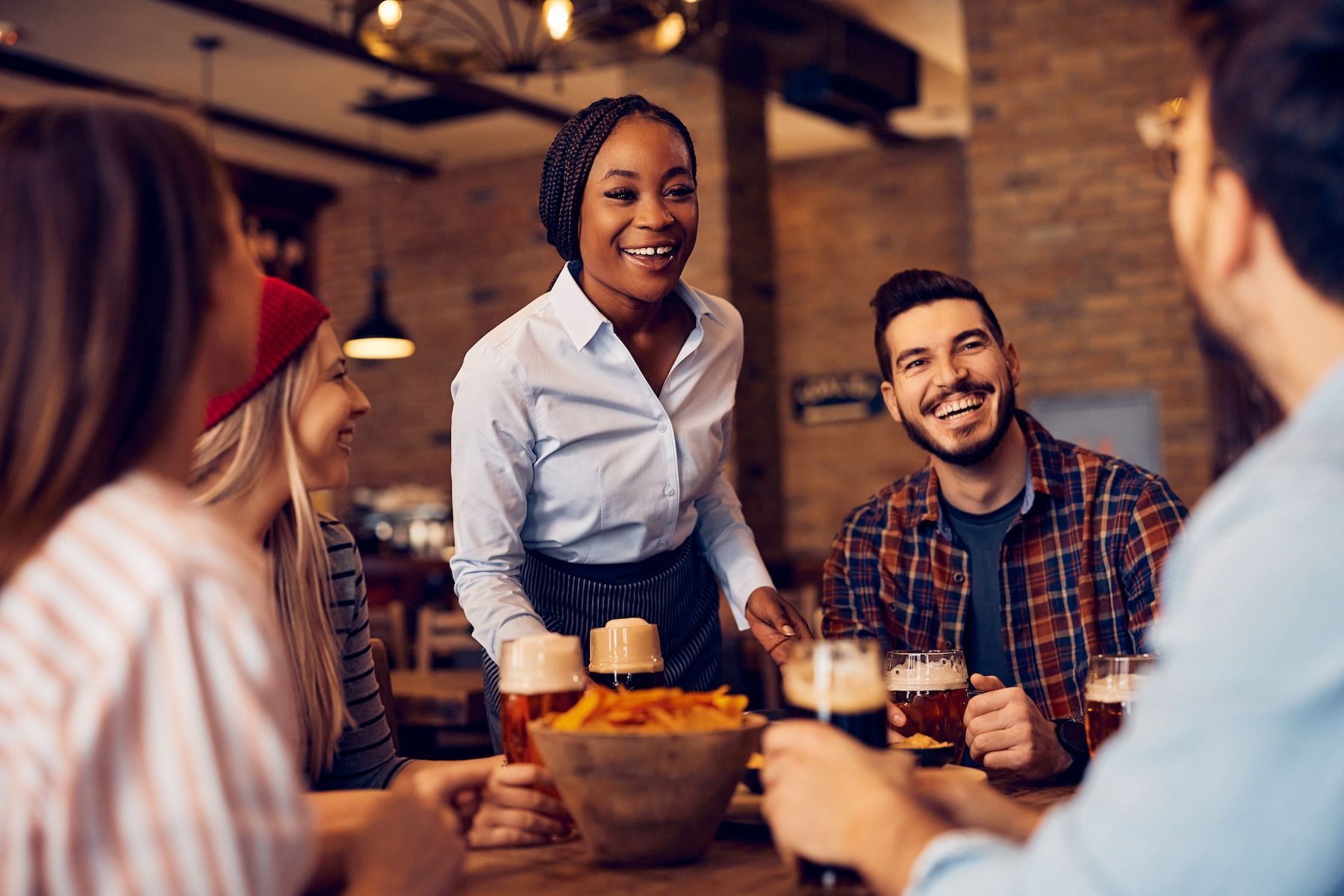
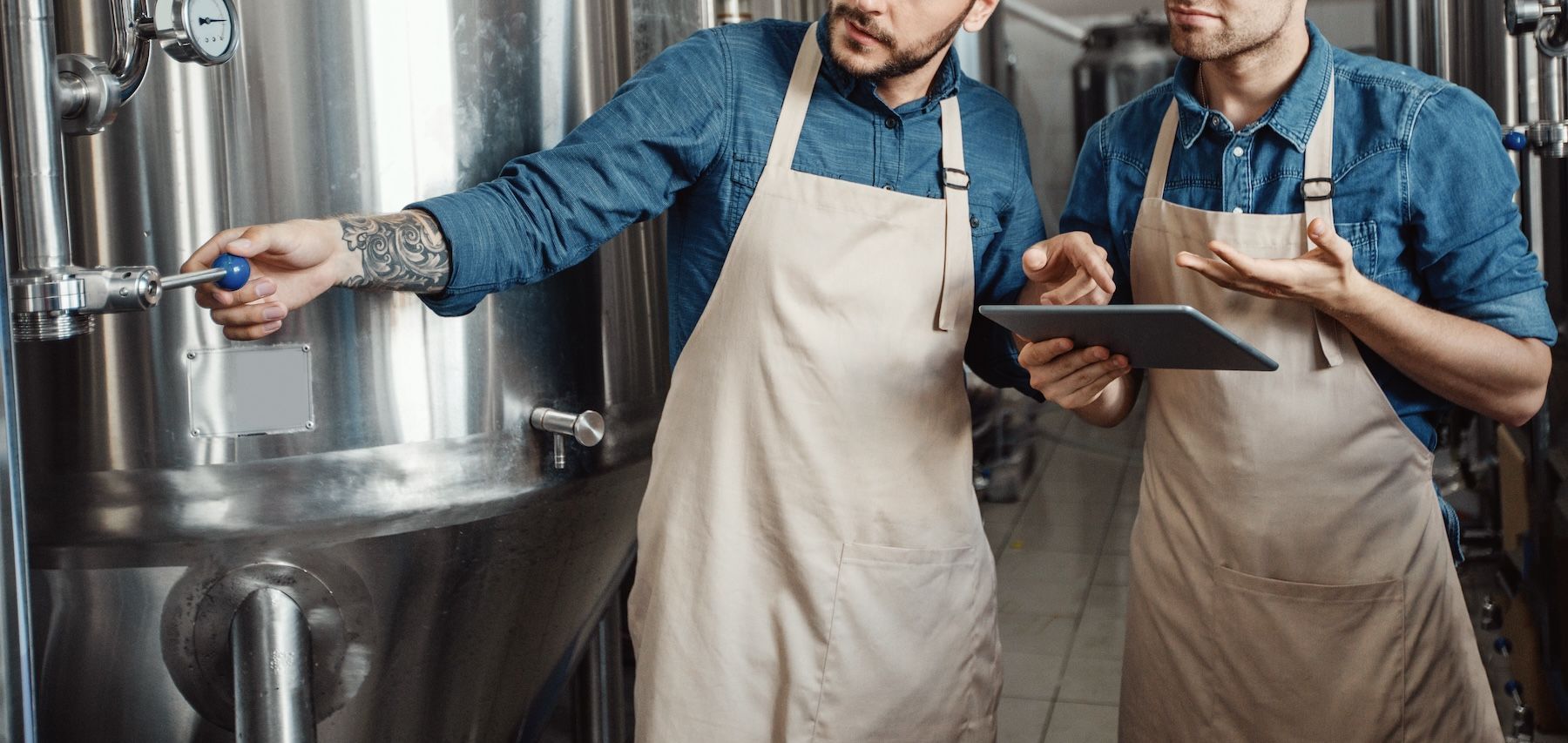
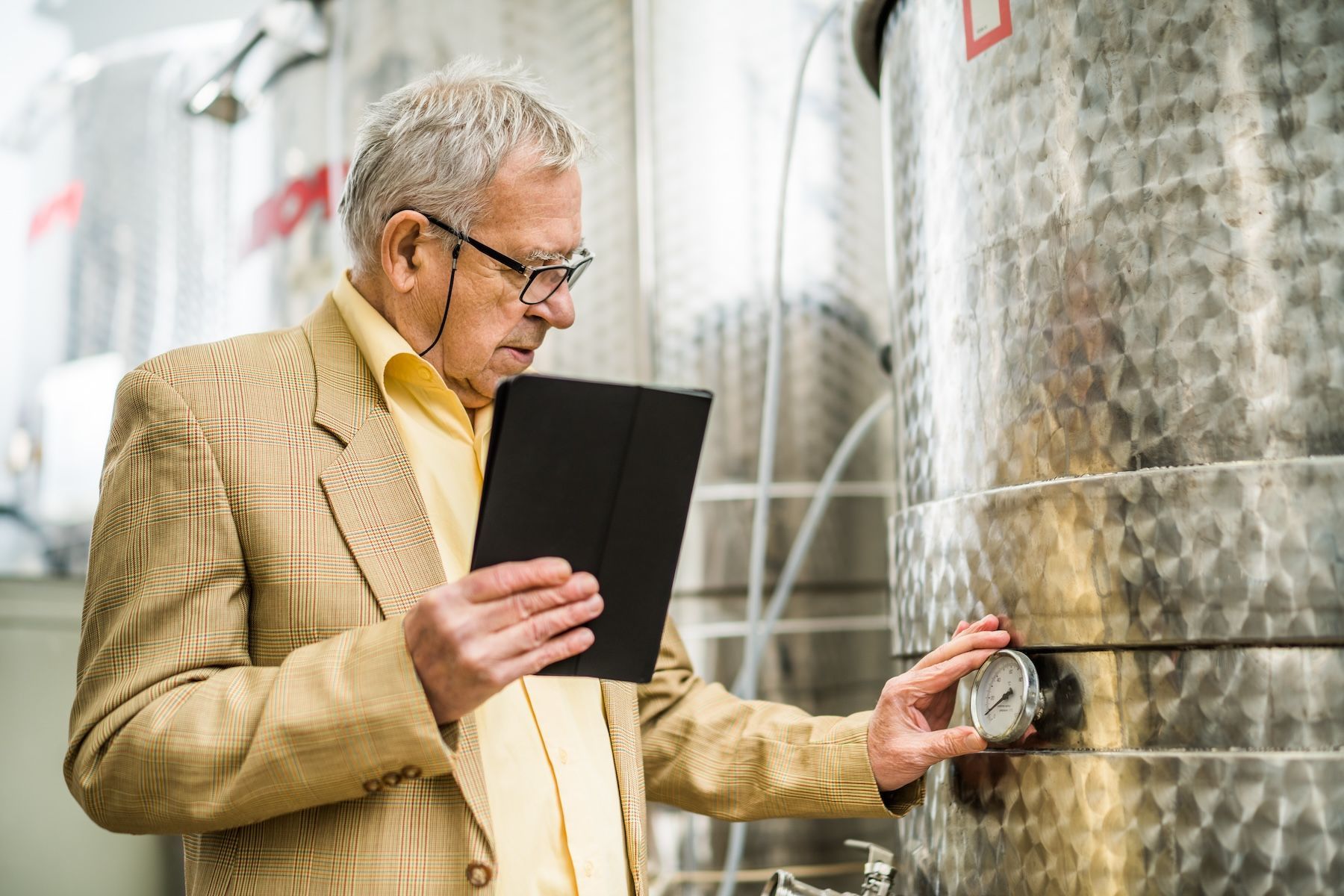
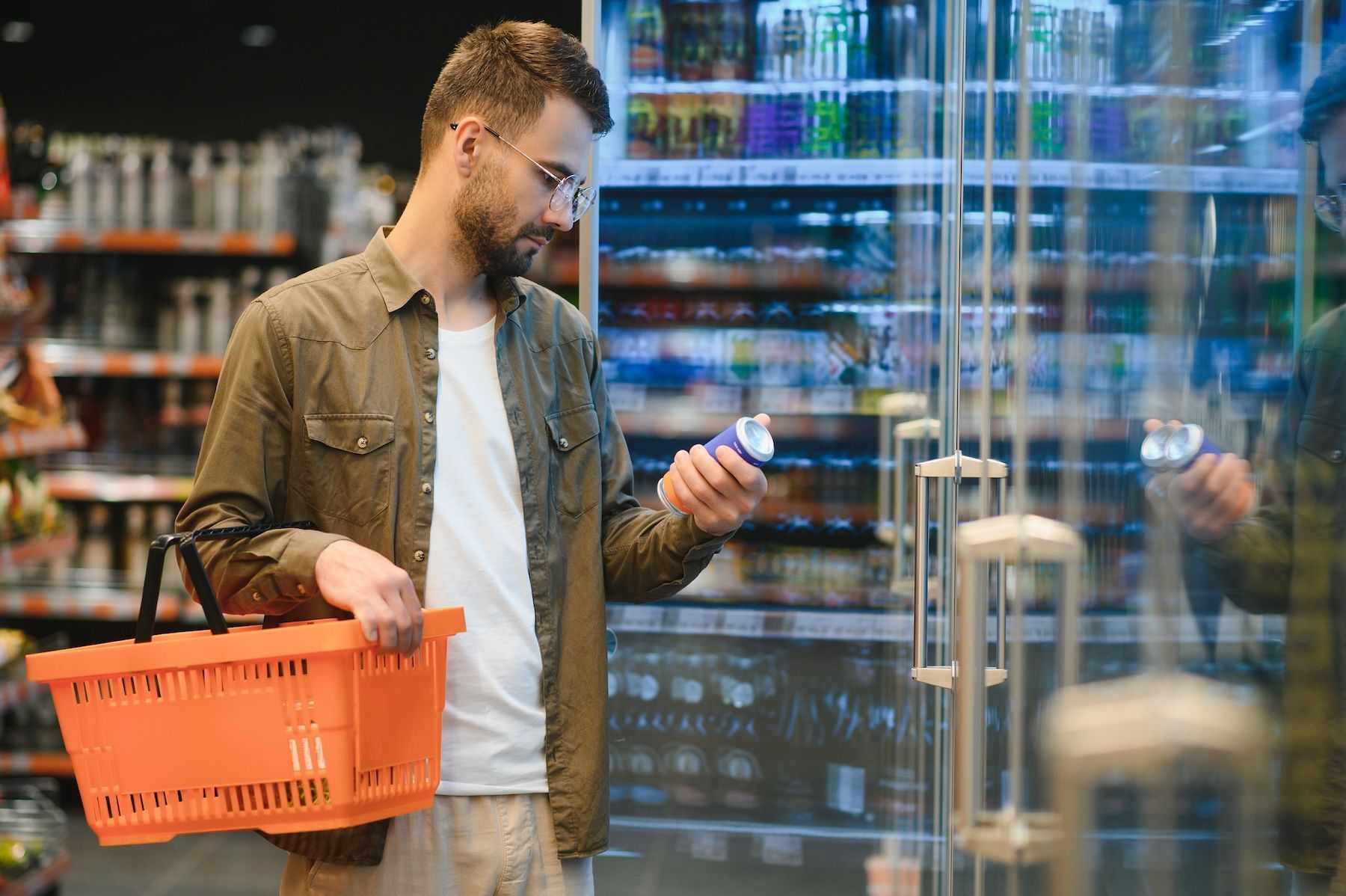

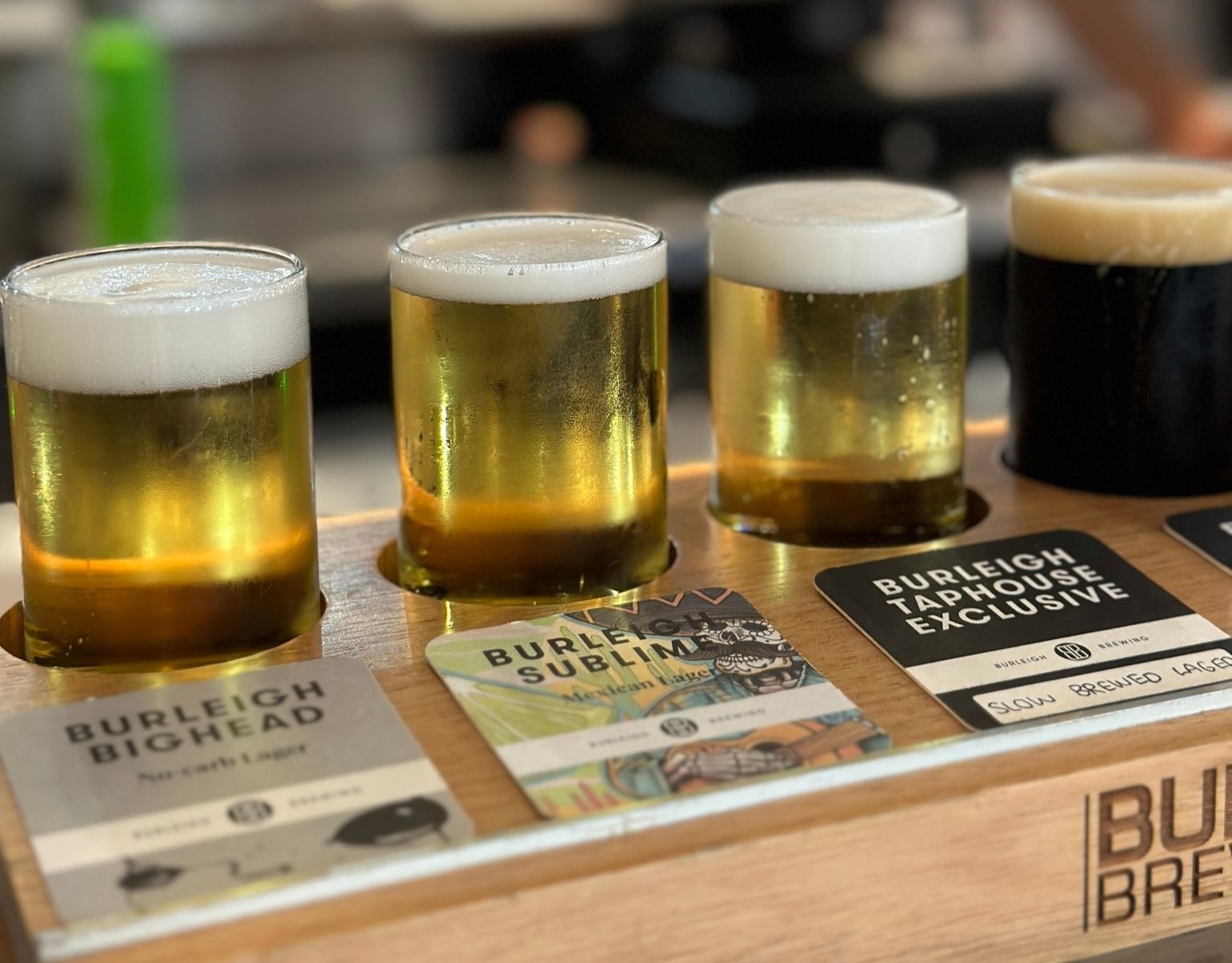
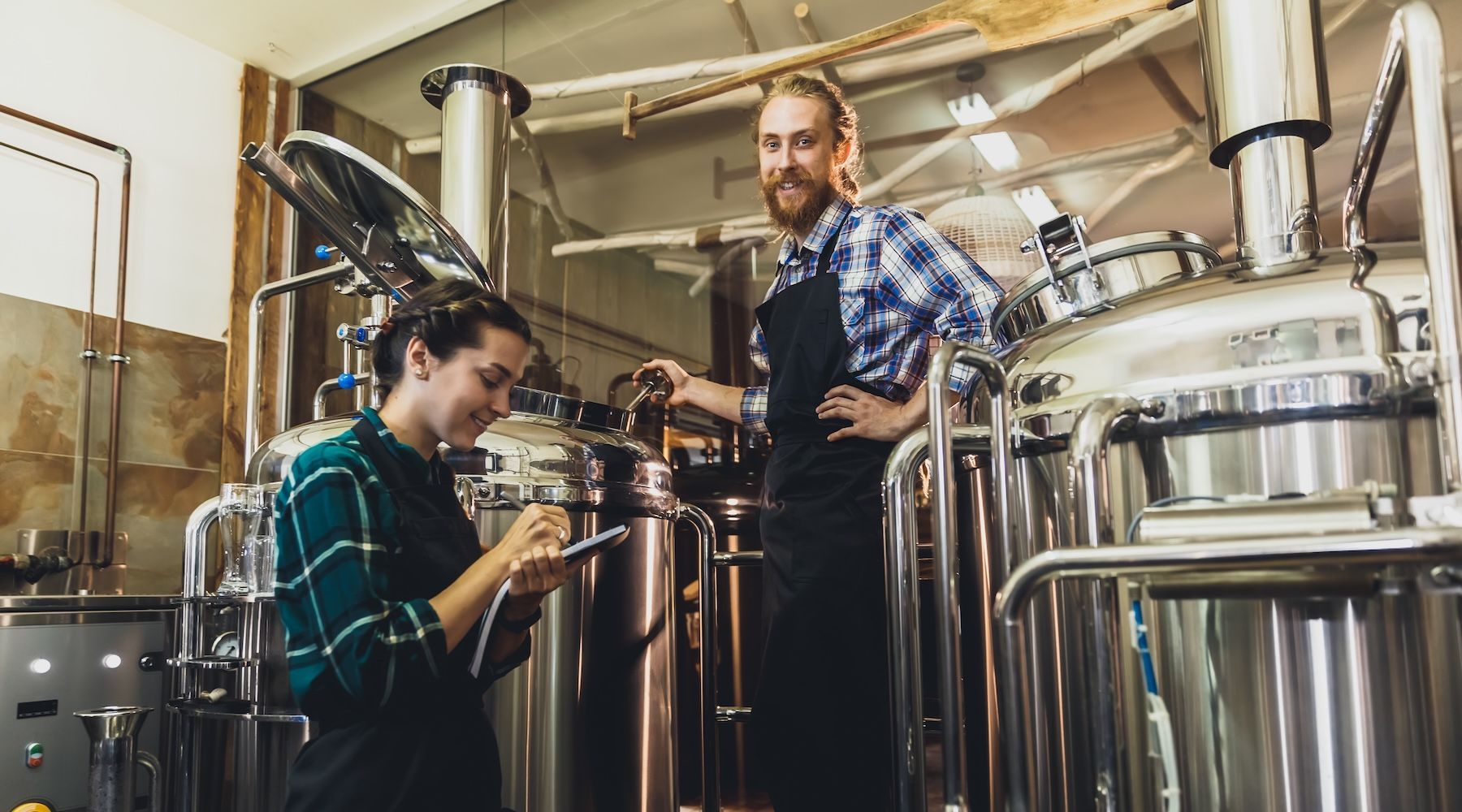


GET IN TOUCH
1512 Larimer Street, Suite #150
Denver, CO 80202
United States
(720) 699-0200
66 Goulburn Street
Sydney, NSW, 2000
Australia
+61 2 9044 1330

